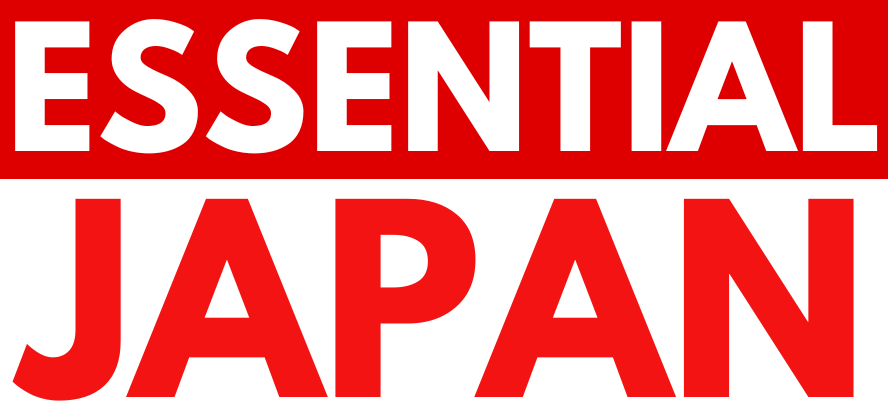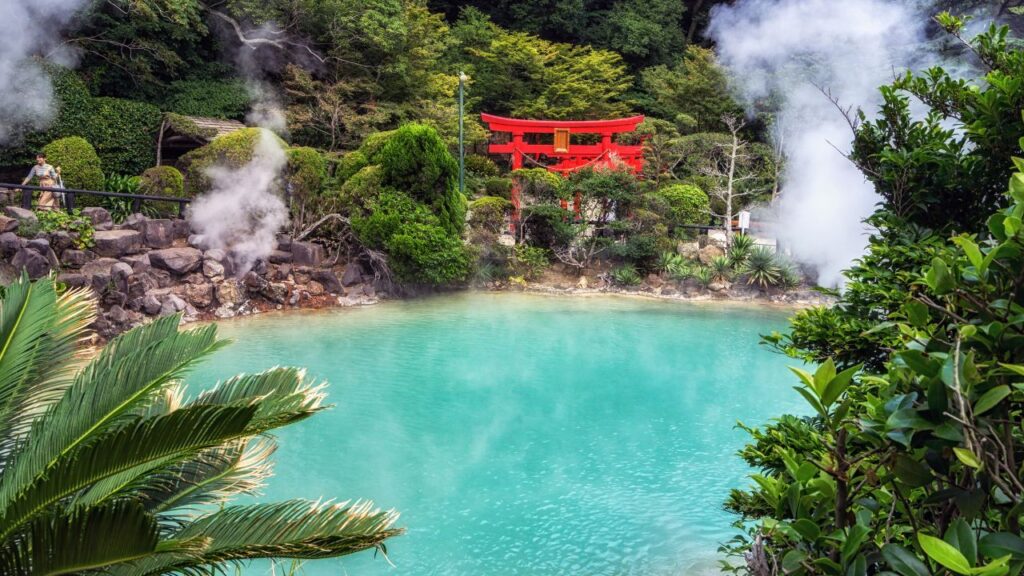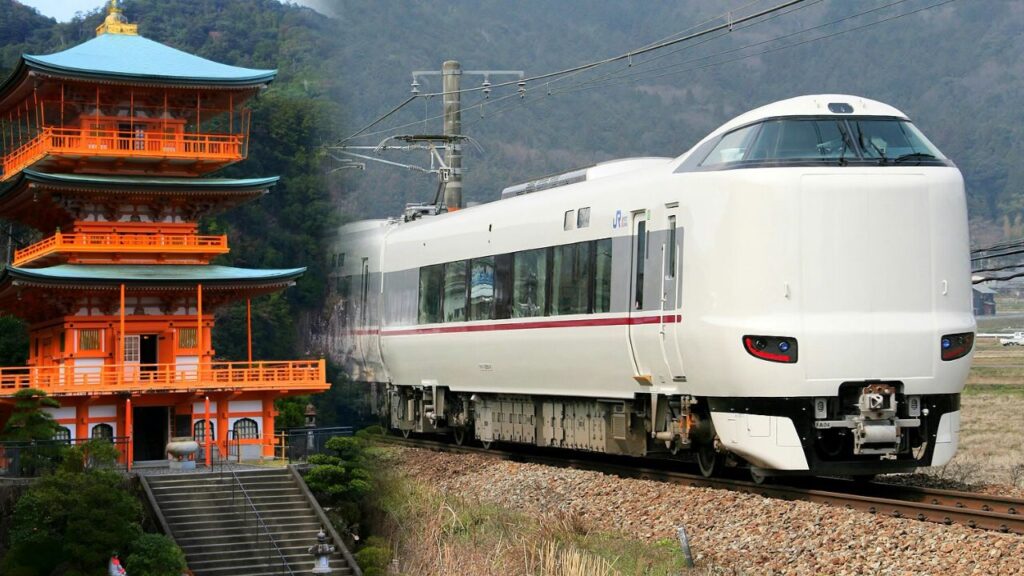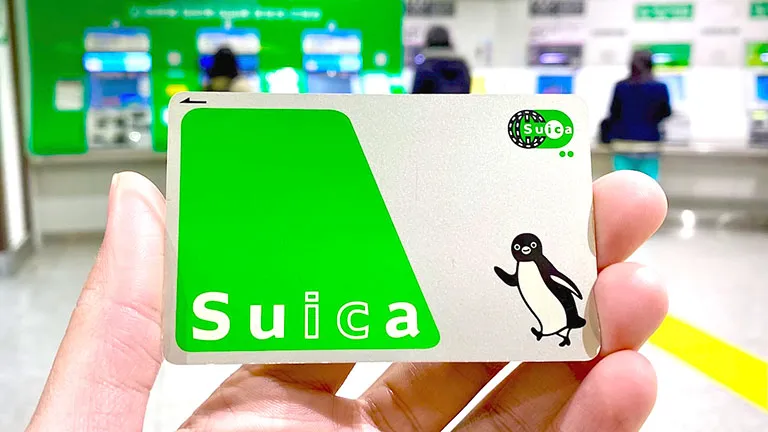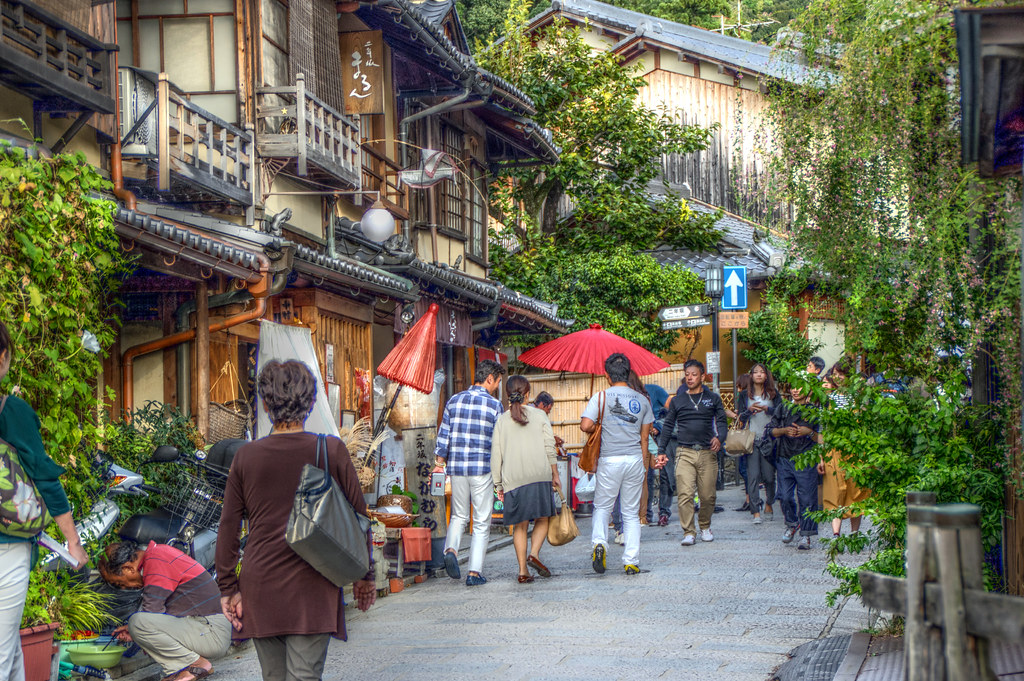JR East’s new premium carriages targeted by fare dodgers
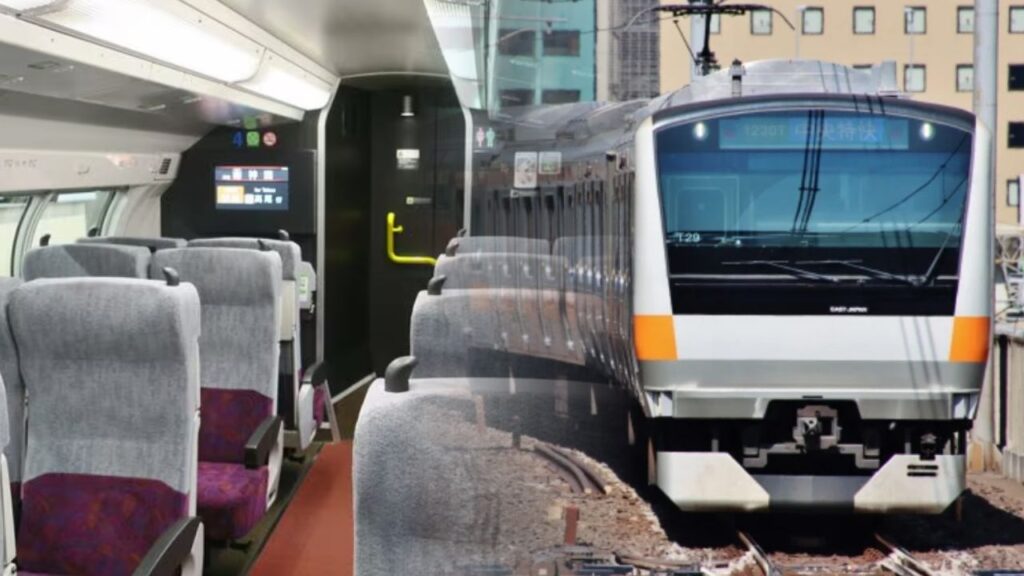
New premium seats available on some JR East trains are being taken up by fare dodgers according to complaints on Japanese social media.
The premium Green Car service on the JR Chuo Line Rapid and Ome Line began full operation on Saturday, March 15th, offering passengers enhanced comfort during their journeys in exchange for an additional ticket fee.
The Chuo Line Rapid connects 24 stations on the Chuo Main Line between Tokyo and Takao while the Ome Line runs from Oku-Tama to Tachikawa where it joins the Chuo Line.
The full introduction of premium cars on these lines followed a “Green Car Trial Period” from the autumn of 2024, during which passengers could experience the upgraded seating and amenities without incurring the additional Green Car fare.
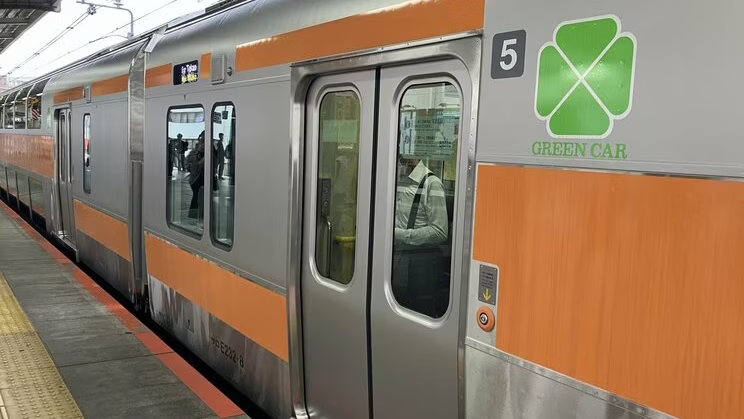
This trial period was intended to allow passengers to familiarize themselves with the new service before the formal fare structure was implemented.
Following the conclusion of the trial period, passengers are now required to purchase a “Green Ticket” in conjunction with their standard train ticket or commuter pass to access the Green Car carriages.
The Green Car on Japanese trains is comparable with First Class carriages in other countries. They offer greater comfort and premium seating options for an additional fee on top of the normal ticket price.
Green Car tickets can be acquired either electronically via the “Suica Green Ticket” system, utilizing the balance on a Mobile Suica or card-type Suica, or as a paper ticket purchased from ticket vending machines at stations or within the Green Cars themselves.
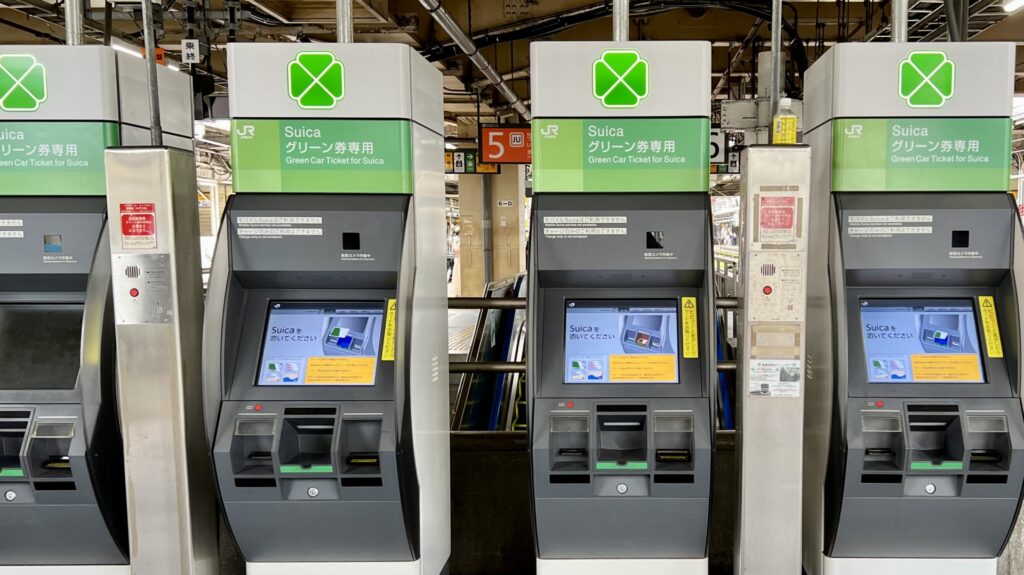
The “Suica Green Ticket” system offers a slightly discounted “Suica Green Fee” compared to the regular Green Car fare.
For journeys up to 50 operating kilometers, the Suica Green Fee is 750 yen (approx. $5.10 USD / £3.94 GBP), while the regular fare is 1,010 yen (approx. $7.48 USD / £5.77 GBP).
Upon boarding a Green Car with a “Suica Green Ticket,” passengers are required to touch their Suica card to a designated “green ticket information reader” located above their seat.
A successful validation turns the indicator light above the seat from red (vacant seat) to green (occupied).
This means that it is very easy to spot if a passenger is seated in Green Car seat that they have not paid for.
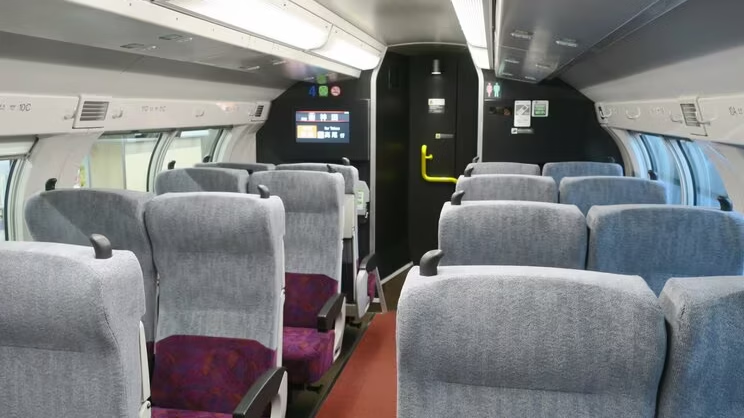
Since the official launch of the paid Green Car service, a series of anecdotal reports have emerged on the social media platform X (formerly Twitter), alleging that a significant number of passengers are utilizing the Green Car facilities without purchasing the necessary Green Tickets.
These “reports” from fellow passengers have expressed frustration and a sense of unfairness, with some users questioning the point of paying if others are seemingly riding for free with impunity.
Many of the observations made state that numerous passengers in Green Cars are sat in seats where the overhead indicator lights are still red, suggesting that they have not validated a Green Ticket.
Some online commentators describe individuals who appear to be intentionally attempting to ride without a ticket, but are prepared to pay if they are challenged by a railway staff.
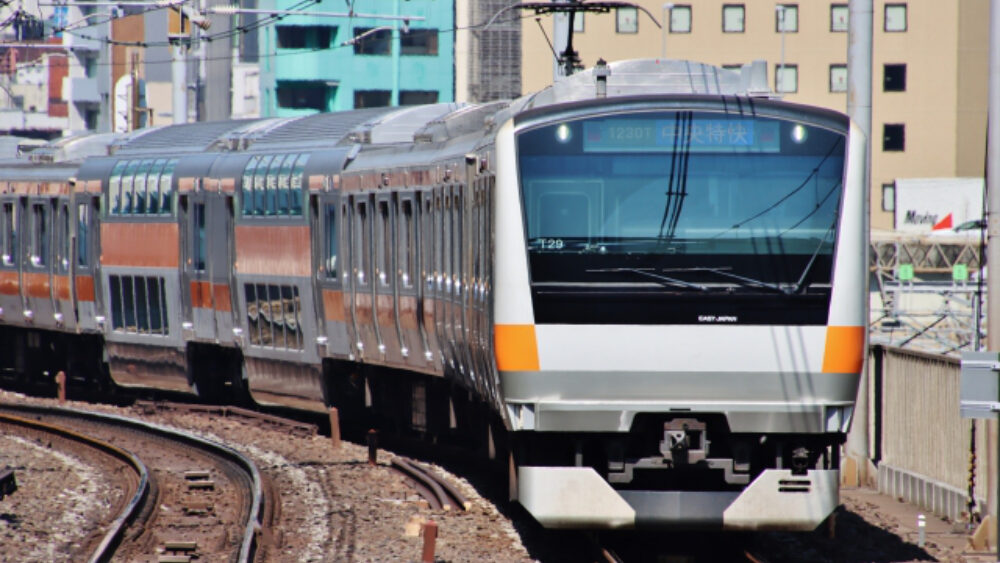
There have also been calls for a discreet reporting mechanism for fare evasion within the Green Cars.
Some users have noted an increased presence of station staff conducting ticket checks within the Green Cars, seemingly corroborating the concerns about unpaid travel.
The operational model for Green Cars on JR East regular trains typically involves attendants who conduct ticket inspections and facilitate the purchase of Green Car Tickets onboard.
However, the presence of these attendants may vary depending on the station and the specific train service which can create opportunities for fare evasion.
Riding in a Green Car without a valid Green Ticket is classified as “unauthorized riding” under Article 29 of the Railway Business Act in Japan.
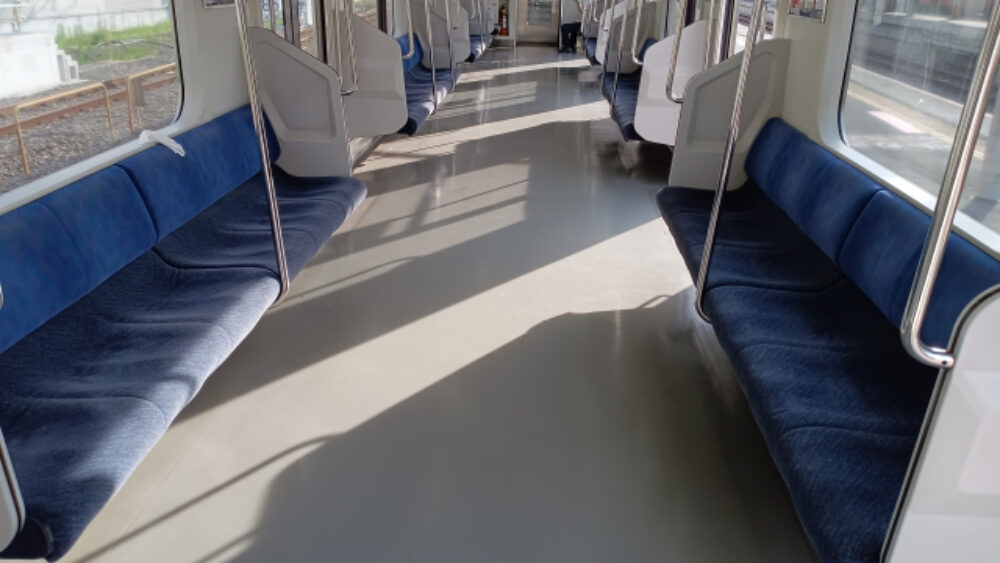
This law stipulates that individuals who board without a valid ticket, board a higher class car than their ticket permits, or fail to alight at their ticketed station without permission from railway staff, can be subject to a fine or penalty of up to 20,000 yen (approx. $136 USD / £105 GBP).
In response to inquiries from the Japanese media regarding these reports of fare evasion, a representative from JR East stated that they are aware of instances where customers, possibly unaware of the Green Car fare requirement post-trial period, have boarded the Green Cars by mistake.
The representative stated that the company is committed to informing passengers about the necessity of purchasing a Green Car ticket for travel in these carriages.
JR East also noted that the ridership of the Green Cars has been steadily increasing since the service’s official launch, with some trains now reaching full capacity in the premium seating areas.
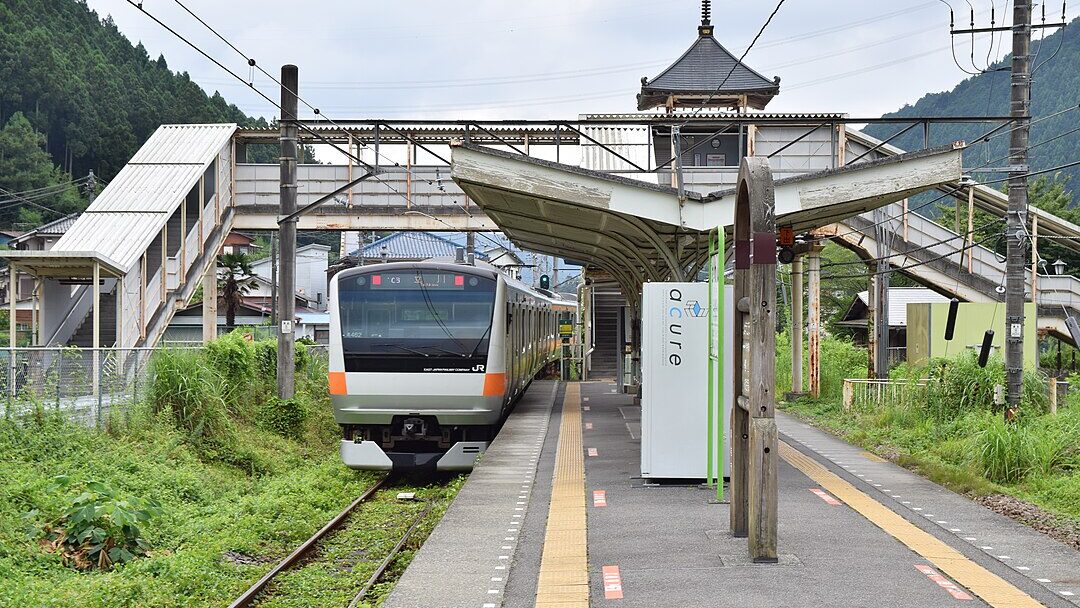
While JR East currently has no plans to alter the existing methods for purchasing Green Car tickets, the company intends to intensify its efforts to educate passengers through various channels, including pamphlets, notices displayed at stations, and announcements made both at stations and on-board trains, reiterating the requirement for a valid Green Car ticket.
At this stage, it remains unclear whether the instances of “free Green Car rides” reported on social media are primarily due to passenger error or intentional fare evasion.
Source: Shueisha
Images: © JR East, PhotoAC
